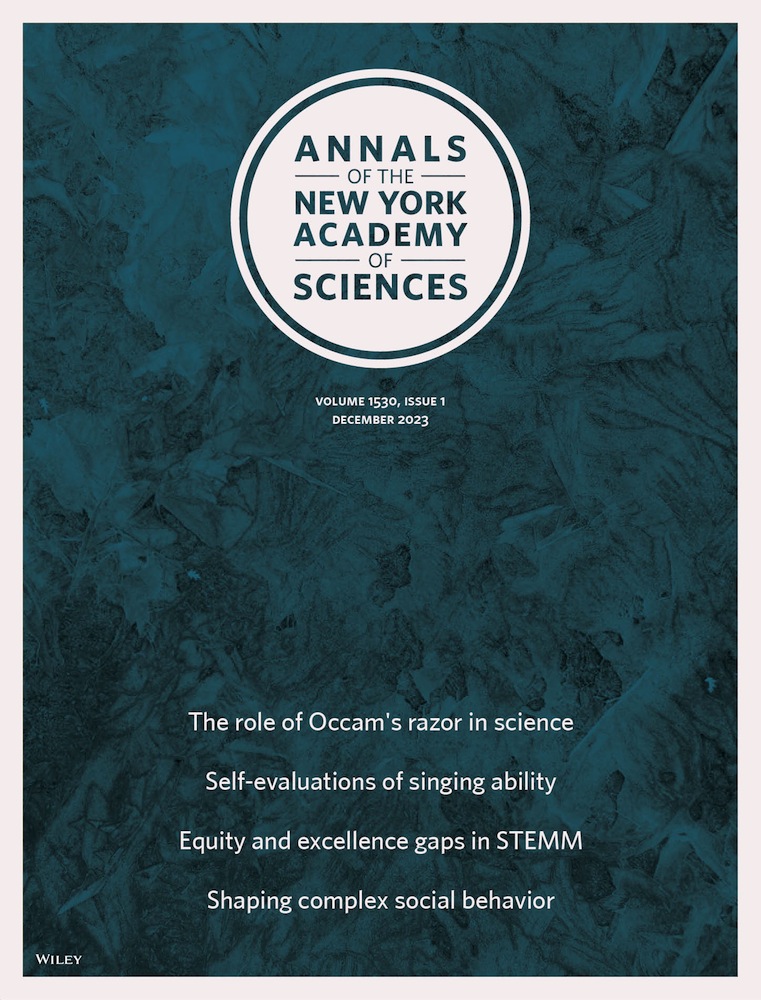异性配对改变雄性草原田鼠脑岛社会性诱导的GCaMP和多巴胺活性
IF 4.1
3区 综合性期刊
Q1 MULTIDISCIPLINARY SCIENCES
引用次数: 0
摘要
草原田鼠(Microtus ochrogaster)是一种一夫一妻制的啮齿动物,在建立伴侣关系后,它们会对同种动物表现出选择性的社会行为,特别是伴侣导向的隶属关系和陌生人导向的攻击。这种社会选择性依赖于个体对社会环境做出适当反应的能力,需要显著性检测和效价分配。草原田鼠的前岛叶皮层(aIC)参与了多种情境下的刺激加工和分类,但其对配对诱导的社会选择的调节尚未得到研究。本文研究了雄性草原田鼠在雌雄配对过程中,其aIC的神经活动和基因表达是否发生了变化。异性配对的特征是aIC中钙和多巴胺的短暂变化,这与配对键成熟过程中社会选择性的表现相一致。此外,在与女性伴侣同居48小时后,D1和D2受体mRNA的表达明显高于与同性同居的雄性,并且在同居一周后D2 mRNA仍然升高。综上所述,这些结果暗示了多巴胺及其受体在早期到晚期配对过程中aIC的作用。本文章由计算机程序翻译,如有差异,请以英文原文为准。

Opposite‐sex pairing alters social‐induced GCaMP and dopamine activity in the insula of male prairie voles
The prairie vole (Microtus ochrogaster ) is a monogamous rodent species which displays selective social behaviors to conspecifics after establishing a pair‐bonded relationship, specifically partner‐directed affiliation and stranger‐directed aggression. This social selectivity relies on the ability of an individual to respond appropriately to a social context and requires salience detection and valence assignment. The anterior insular cortex (aIC) has been implicated in stimulus processing and categorization across a variety of contexts, but its regulation of pair bond–induced social selectivity in prairie voles has not been studied. Here, we examined whether neural activity and gene expression in the aIC change during male–female pairings in male prairie voles. Opposite‐sex pairing was characterized by changes to calcium and dopamine transients in the aIC that corresponded with the display of social selectivity across pair bond maturation. Furthermore, D1 and D2 receptor mRNA expression was significantly higher in males after 48 h of cohabitation with a female partner compared to same‐sex housed males, and D2 mRNA remained elevated after a week of cohabitation. Together, these results implicate a role for dopamine and its receptors in the aIC across the transition from early‐ to late‐phase pair bonding.
求助全文
通过发布文献求助,成功后即可免费获取论文全文。
去求助
来源期刊

Annals of the New York Academy of Sciences
综合性期刊-综合性期刊
CiteScore
11.00
自引率
1.90%
发文量
193
审稿时长
2-4 weeks
期刊介绍:
Published on behalf of the New York Academy of Sciences, Annals of the New York Academy of Sciences provides multidisciplinary perspectives on research of current scientific interest with far-reaching implications for the wider scientific community and society at large. Each special issue assembles the best thinking of key contributors to a field of investigation at a time when emerging developments offer the promise of new insight. Individually themed, Annals special issues stimulate new ways to think about science by providing a neutral forum for discourse—within and across many institutions and fields.
 求助内容:
求助内容: 应助结果提醒方式:
应助结果提醒方式:


